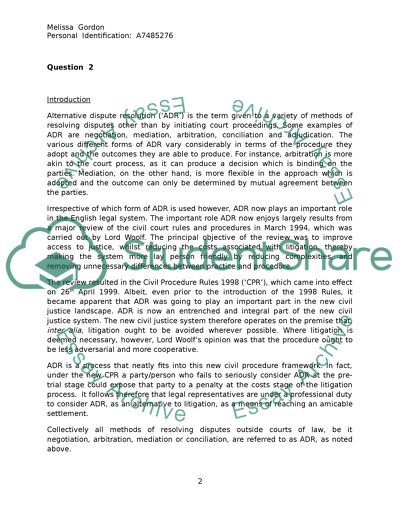Cite this document
(“ETMA05 Essay Example | Topics and Well Written Essays - 2000 words”, n.d.)
Retrieved from https://studentshare.org/macro-microeconomics/1426134-etma05
Retrieved from https://studentshare.org/macro-microeconomics/1426134-etma05
(ETMA05 Essay Example | Topics and Well Written Essays - 2000 Words)
https://studentshare.org/macro-microeconomics/1426134-etma05.
https://studentshare.org/macro-microeconomics/1426134-etma05.
“ETMA05 Essay Example | Topics and Well Written Essays - 2000 Words”, n.d. https://studentshare.org/macro-microeconomics/1426134-etma05.


